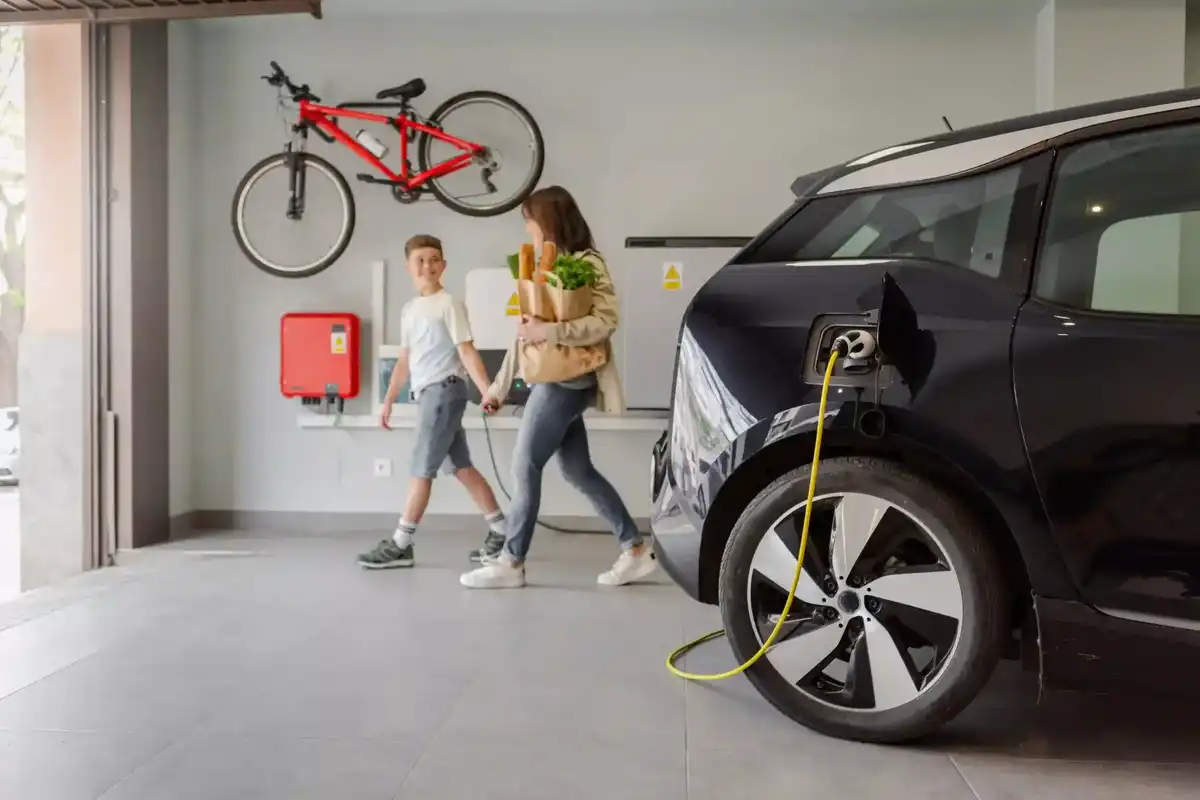Experts: To power an energy revolution, a financing evolution is needed
guest column
Texas is a national leader in wind and solar, generating more energy in these categories than any other state since 2006 and double that of next placed California. As investment in renewable energy continues to skyrocket, the limitations of the 19th-century grid prevent the industry from realizing the benefits of this 21st-century technology.
For years, Texas has grappled with insufficient infrastructure for its current mix of energy sources, which includes surging renewables. The Alternating Current (AC) grid — the standard since the 1800s — requires matching supply and demand in real-time to maintain a stable frequency, which is complex and costly, especially with renewable energy when the sun doesn’t always shine and the wind doesn’t always blow.
Startup firms are busy developing technologies to solve this issue. For example, it’s possible to modernize the AC grid to control the voltage of the distribution network precisely, to ensure fast adjustments to demand, and to adapt to changes in supply from renewables. Enoda, a U.K.-based scale-up, is an example of an innovative company developing and delivering technology to enable the AC grid to accommodate much higher levels of renewable energy and electrification.
Equally important to these technical innovations are innovations in financing for energy startups. On two levels, investors in Houston and across Texas are proving to be transformational partners to finance and grow energy hardware startups.
1. Innovative Funding Structures
Because of the long timelines, hardware investing requires, in part, more patient capital than the typical Silicon Valley venture capital model prevalent in startup investments. Their playbook is best suited for software companies that develop new features in weeks or months. Energy hardware startups require a longer timeline because of the far greater complexity and upfront capital outlay.
Texas investment firms and family offices are, however, accustomed to investing in complex energy projects with longer development timelines. This complexity presents a high barrier to entry for competitors, which significantly increases the upside potential that risk-capital investors seek should the innovation find market traction. At the same time, up-front capital requirements have decreased considerably, making hardware more appealing to investors.
2. Visionary partnership
Attracting investors and demonstrating early-stage traction differs for hardware companies because of the lengthy pre-revenue R&D process. Software innovators can launch with a minimum viable product, gain a few early customers, and then grow incrementally. By contrast, energy hardware technology must be fully developed from launch. Each Enoda PRIME exchanger, from the first unit sold, represents a piece of critical infrastructure on which households will rely for their electricity supply for its 30-year lifespan. For venture investors who focus on software, it’s easy to assess the health of a software company based on well-established metrics related to customer growth and the cost of customer acquisition.
Hardware investing requires investors to have a much deeper understanding of the problem being solved and assess the quality of the solution objectively rather than rely on early customers for a minimum viable product. Texas investors have been quick to understand the problems that the energy industry must solve around energy balancing and keeping the frequency of a system stable in order to grow renewable energy. Why the keen insight? Because that problem is being solved today by gas power plants. A visionary investor with many years of deep industry perspective is far more likely to appreciate that than a VC firm looking across many industries based on a standard set of metrics.
Visionary partnership is precisely what energy startups need because it’s important not to evaluate the company as it is today but what it will be in five years. Hardware startups need visionary investor partners who understand the importance of parallel pathing fundamental innovation, product development and delivery, and customer development to grow and succeed. Hardware startups succeed only when they can do these things simultaneously—and require investors who can imagine a possible future and understand the path to reach it.
Changing the way investment works
Many energy startups are worthy inheritors of Houston’s bold entrepreneurial spirit that led to technological innovations like deep-sea drilling and hydraulic fracturing. They will continue to need equally bold investors who recognize the world of opportunities at their doorstep.
———
Paul Domjan is the founder and chief policy and global affairs officer at Enoda. Derek Jones and Paul Morico are partners at Baker Botts.








 Air Liquide and Hyundai agreed to expand hydrogen refuelling networks, storage capacity and more at a meeting in Seoul last week. Photo courtesy Air Liquide.
Air Liquide and Hyundai agreed to expand hydrogen refuelling networks, storage capacity and more at a meeting in Seoul last week. Photo courtesy Air Liquide.
